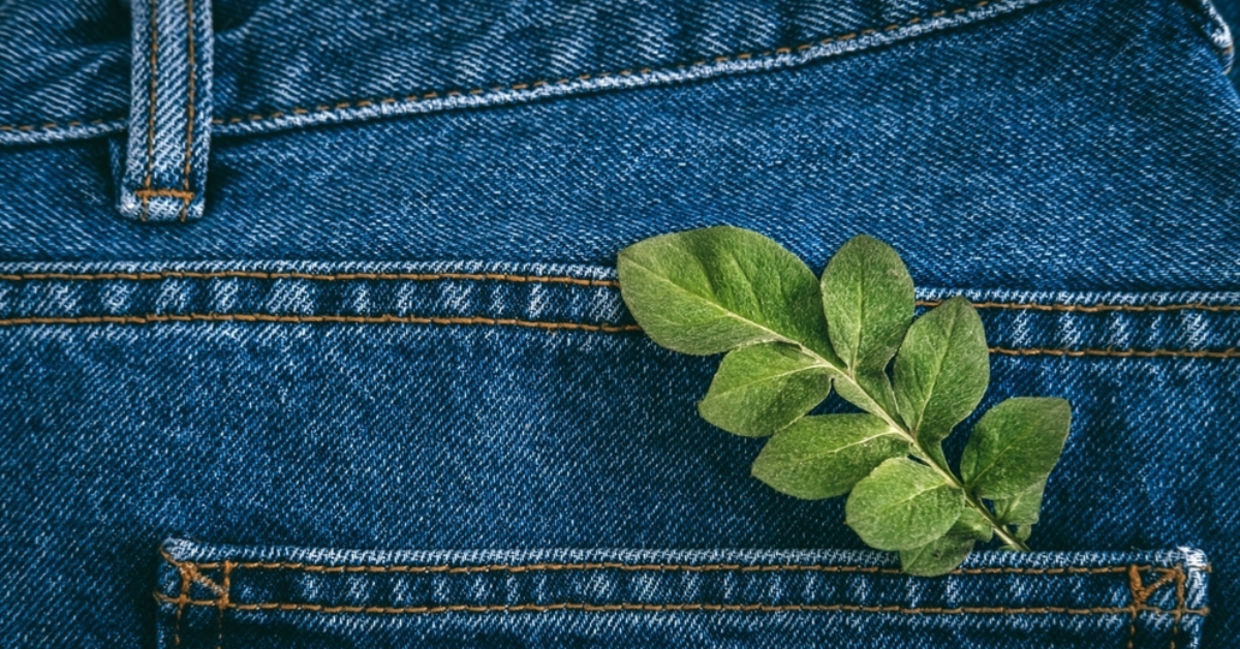
(Iryna Imago / Shutterstock.com)
Most people have a pair of comfy and reliable Levi’s® jeans in their closet. Now, there is a reason to cherish them even more. Starting in 2022, the classic Levi’s® 501s will be manufactured with sustainable methods that are gentler on the environment, making this fashion favorite even more desirable.
It is no secret that the fashion industry contributes to pollution and landfill. In fact, this 1.5 billion dollar industry creates over 100 billion garments annually, reported MSN, mostly by creating synthetic material from new, raw material. This is now changing, thanks to technologies that recycle used garments and turn them into usable fabric.
The secret is Circulose
The best example is the recycled fabric made by the Swedish company Re:newcell. Re:newcell buys used clothing and textile leftovers, shreds, and chemically dissolves them. The result is a cellulose called Circulose and this is the key driver behind the company’s ecological shift.
In 2020, Levi’s® reintroduced their popular 502 brand as sustainable by brand using Circulose and special dye. And after this success, they then decided to remake the classic 501 for 2022.
Making jeans sustainable
Now, 501s are being made with certified organic cotton, a wood pulp that is sustainably sourced, and the Circulose textile, according to MSN. Even the threads, patches, labels, and pockets are being made using 100 percent organic cotton. This enables discarded jeans to be recycled easier, and they can even be sent back to Re:newcell to be upcycled once again.
Levi’s® was inspired by The Jeans ReDesign, an initiative set up in 2019 by Foundation’s Fashion. The idea is for brands and garment manufacturers to adopt circular economy principles, and they used iconic denim jeans as their “guinea pig.” Using Circulose for fabric, Levi’s® is now better able to work towards their goal of circularity, ensuring products are recycled and used as long as possible.
“We’ve been working towards this goal of bringing true circularity to the main line [for a long time]. The idea that we could bring it to the 501, the marquee product of the brand, this 149-year-old design – that’s a big deal because you don’t get to mess around with the 501 very often,” Paul Dillinger, a VP from Levi’s®, told Vogue.
Although the new 501s are made with 16 percent recycled cotton, Vogue reported, Levi's® hopes to increase this. “In the future, we have the opportunity to increase that recycled cotton content and eventually it will become probably 40 per cent or 50 per cent recycled – that’s the path of development here,” said Dillinger.
Asking consumers to commit
Levi’s® is striving to do better by using dyes that are not hazardous, and the company is seeking to find a plant-based indigo dye. Sustainability is not only the responsibility of the manufacturer; it requires the user to also commit.
Levi’s® would like their customers to embrace these eco-fashion advancements. This can be done by wearing jeans longer and taking better care of them. Being an eco-fashion trendsetter also involves washing garments less often, washing them in cold water, and hanging them to dry. And when it comes time to say goodbye to those dutiful jeans, resell them or give them away.
However, as jeans lovers know so well, those 501s are built to last forever, so enjoy them and wear them well!
YOU MIGHT ALSO LIKE:
Wrangler Blue Jeans are Going Green!
Levi’s Is Now Making Jeans From Old Carpet and Fishing Nets
Nike’s NASA-inspired Space Hippie Shoes Are Made From Trash







